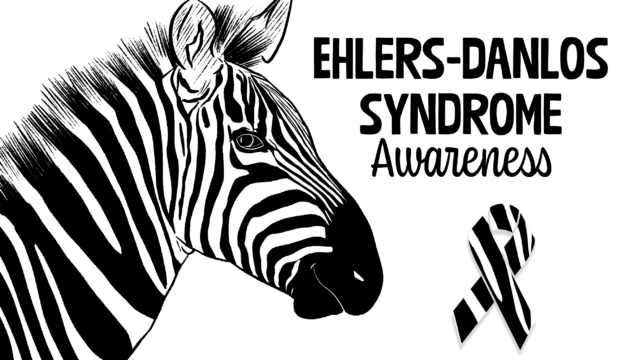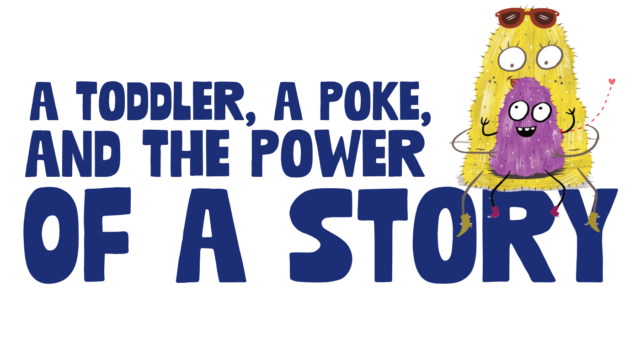The Meg Foundation Origin Story Part 1:
How a near fatal car accident 30 years ago set the stage for where we are today.
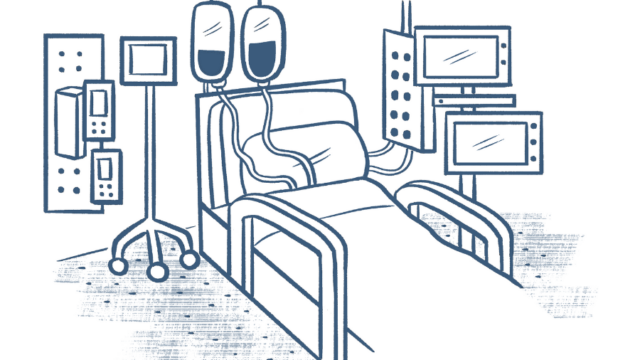
Jody Thomas, PhD
Share this:
This is part one of our four-part series we call “Pause & Reflect.” We are taking a moment to dig a little deeper into our origin story, including why we exist, how we came to be, the impact we've had in the past five years, and our grand plans for the future. In this post, Dr. Jody Thomas, founder and CEO of the Meg Foundation, goes way back to high school and shares how a freak accident became her personal call to action.
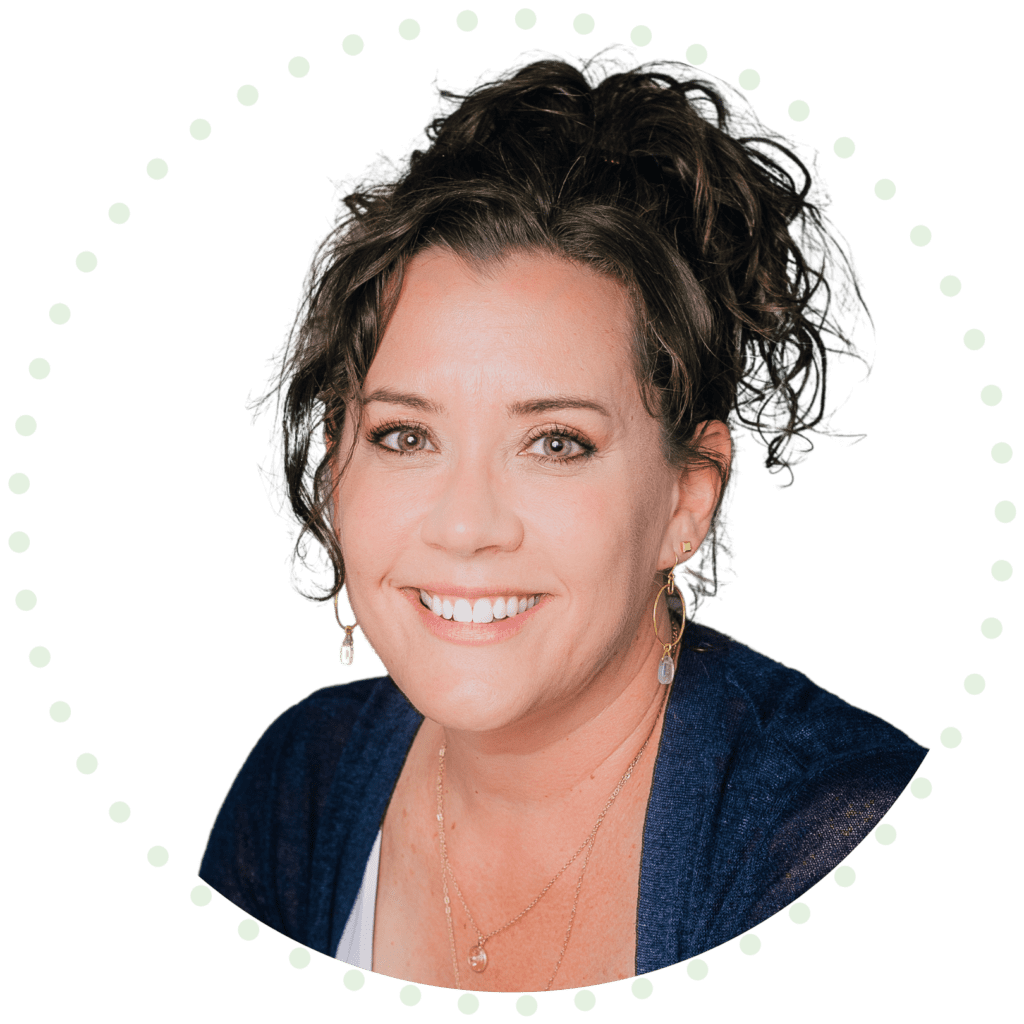
There is something so distinctive and horrific about the sound of metal crushed against metal, especially when accompanied by an explosive shattering of glass.
Just a moment earlier my 17-year-old self had calmly been driving home from a dance rehearsal. Now I was laid out on the front seat of the car, staring at the twisted metal that had once been the top of my antique 1957 Chevy Bel Air. I was covered in 40 years of dust and tiny shards of impossibly sharp glass. I was too shocked to feel the pain yet, but I could hear distant panicked voices screaming at unseen others to “Call 911!”
Thanks to the shock, memories of the day are flashes and moments. I remember feeling utterly confused finding myself in the back of an ambulance, strapped to hard board, in a neck brace, oxygen tubes up my nose, an IV in my arm. I was struggling to breathe, but the ambulance drivers dismissed it as panic and told me I “just needed to calm down.“
Moments later, it was clear just how wrong they were. By the time we reached the Emergency Room, my heart rate was dangerously low. As it turns out, all my ribs on the right side of my body were broken. Part of the third one had broken off and punctured both my lungs, which were collapsing. This made it impossible to breathe. My heart was struggling to keep beating under the increasing pressure from the heavy lungs.
If something didn’t happen soon, I was going to die.
The medical team literally tied me down to the surgical table with my arms strapped above my head. There was no time to consider the rest of my broken bones as they focused on keeping me alive. There was no time for anesthesia. As the nurse frantically cut off my clothes, the doctor quickly cleaned the skin on my side over my upper ribs. He looked me in the eyes and said, “I’m so sorry, but if I don’t do this, you are going to die.”
I watched as he cut into my flesh, and put his finger into my chest and pulled the broken rib from my collapsed lung. Moments later, he inserted a chest tube to drain the fluid and re-inflate my lung. The pain was beyond what my brain could comprehend.
I can’t say I remember what happened next. They tell me it was just a second or two later that I “coded,” which means in normal human-speak that my heart stopped. Just like we’ve all seen a million times of those doctor dramas, they used the shock paddles to bring me back.
I’m eternally grateful for the incredible team that saved my life. Technically, I died that day. And though I’m still alive and kicking 30+ years later, the truth is that part of me died that day and never came back.
And that turned out to be a very good thing.
The road to recovery was long, painful, and gave me a perspective that changed my life.
A stint in the intensive care unit, weeks in the hospital, and months at home doing rehab had a massive impact. I became intimately familiar with pain, both physical and emotional. My body healed, and the rest of me transformed too.
Typical teenage concerns like who was dating whom, classes, and grades no longer seemed important. I yearned to feel like I was doing something that actually meant something to someone other than myself. I had survived. I wanted to DO something that was worthy of this gift I had been given.
That was hard to find in high school.
But a year and a half after the accident as a college freshman, my search for meaning found a target.
I started volunteering on the pediatric oncology unit at Lucile Packard Children’s Hospital at Stanford. I spent countless hours playing games, doing art projects, and entertaining kids while they went through chemo infusions and endured long hours of cancer treatment.
It was truly an honor to play any role in helping these kids through the insanely difficult treatment process. It felt amazing to give parents enough peace of mind that they felt okay going to get a little lunch in the cafeteria knowing I was playing with their kiddo. From the beep of the IV machines and the smell of antiseptic to the smooth bald heads and huge smiles, I fell in love with every aspect of it.
I had found my place. I had found my path.
Looking back, that path leads straight to founding the Meg Foundation. But that is another story, or more accurately, another blog!
You May Also Be Interested In
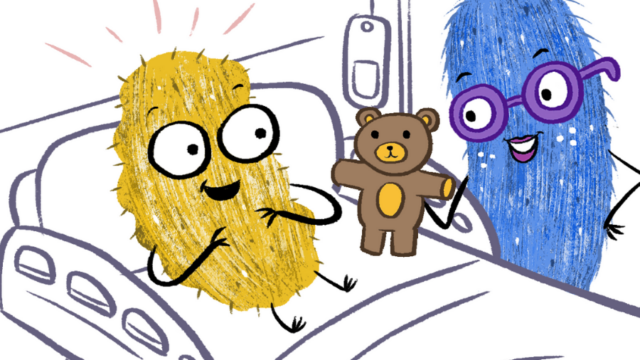
Blog Post
The Meg Foundation Origin Story Part 2:
How one little girl and the idea of empowering people became the Meg Foundation.
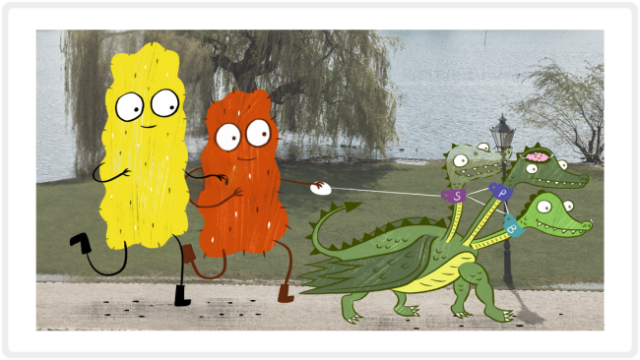
Blog Post
Our vision: What if good pain care was the norm?
Where do we see the Meg Foundation going? What are our hopes for the future? We are so glad you asked! Let's talk about our big plans!
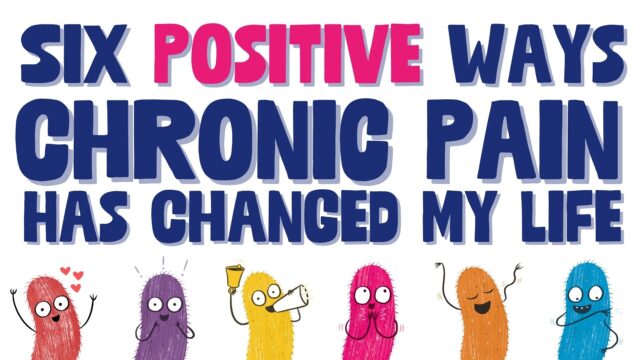
Blog Post
6 Positive Ways that Living with Chronic Pain Changed My Life: Lessons Learned Over a Decade
In this blog post, Brooke Greenberg, a Clinical Psychology PhD student, reflects on her 10-year journey with chronic pain and shares six positive ways it has transformed her life.
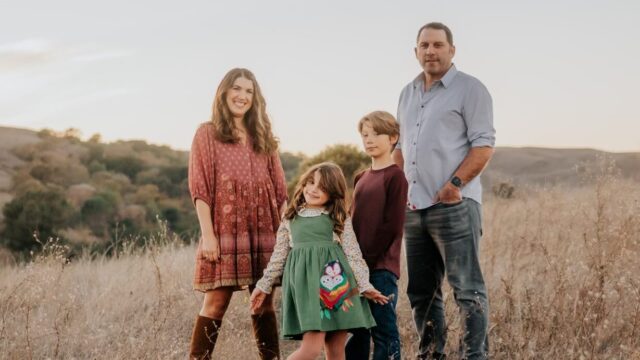
Blog Post
A Meg Foundation Success Story: Emi's Journey Through Cancer to Recovery!
A dose of inspiration, a look at the long-term impact of good pain management skills, and why we do what we do!

About the Author
Dr. Jody Thomas is a licensed clinical psychologist, and specialist in pediatric medical illness and trauma. A well-known expert in pediatric pain who teaches internationally on the subject, she is also a founder and the former Clinical Director of the Packard Pediatric Pain Rehabilitation Center at Stanford, and a former Assistant Professor at the Stanford University School of Medicine. Though she now lives in Denver, CO, she still serves as Adjunct Faculty for Stanford, providing supervision and teaching. As a consultant for the Lucile Packard Children’s Hospital at Stanford, she directs projects on the integration and innovation of pain management using tech-based intervention. Her passion for bringing together the power of medical science, technology and design to transform the way we think about kids and pain led her to her current focus but it’s her role as a mom of two that solidified her path in creating the Meg Foundation.
